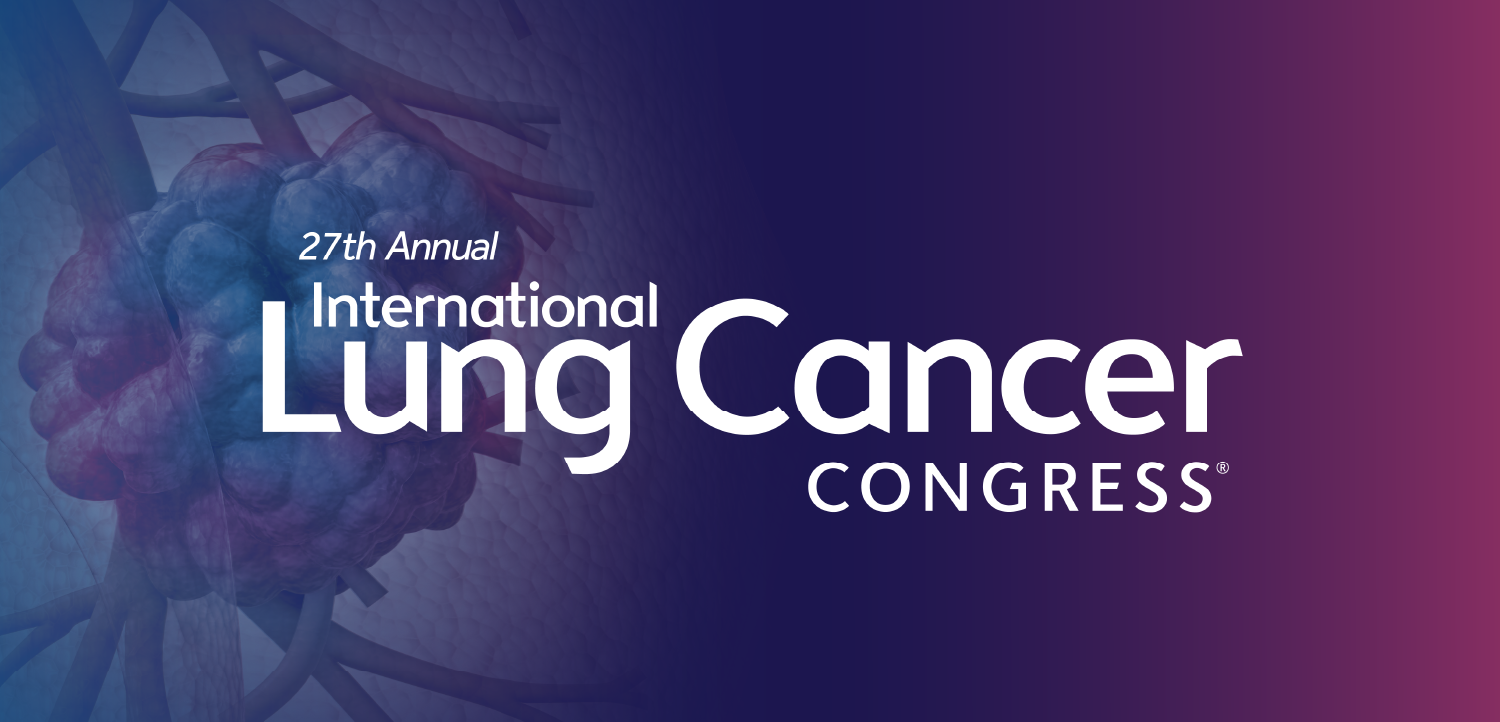
- MHE November 2020
- Volume 30
- Issue 11
Five Important Advances in Breast Cancer Treatment
Two newly approved antibody-drug conjugates and changes in radiation therapy lead the way.
Although there isn’t a cure for breast cancer, more effective treatments continue to emerge. Here’s a look at five developments for breast cancer treatment in the last two years.
FDA approval of Trodelvy
Trodelvy (sacituzumab govitecan-hzly) was approved by the FDA in April to treat metastatic triple-negative breast cancer. It is called triple-negative because the cancer cells lack estrogen and progesterone receptors and the human epidermal growth factor receptor 2 (HER2) protein. Roughly 15% of breast cancers are triple-negative breast cancers, and they are more commonly diagnosed in women younger than 40. Triple-negative breast cancer is aggressive and is more likely to be diagnosed at a later stage than breast cancers with the receptors it lacks.
Trodelvy, which is administered intravenously, was approved to treat metastatic triple-negative breast cancer that has not responded to standard chemotherapy. The drug is an antibody-drug conjugate, which works like a smart bomb, says David Riseberg, M.D., chief of medical oncology and hematology at Mercy Medical Center in Baltimore. Antibody-drug conjugates are agents that combine antibodies and chemotherapy agents. With Trodelvy, it is the antibody’s job to recognize the trophoblast cell-surface antigen 2 — Trop-2, for short — receptor on the surface of triple-negative breast cancer cells. When that happens, it delivers a topoisomerase inhibitor that is toxic to the cancer cell. This approach of pairing recognition with a chemotherapy agent means the treatment is more precisely directed than chemotherapy alone.
In the ASCENT study that led to Trodelvy’s approval, a third of patients responded to the treatment as measured by overall response rate. “This is generally better than what would be expected in patients with triple-negative breast cancer who were previously treated with prior chemotherapy agents,” says Shannon Puhalla, M.D., a medical oncologist at the UPMC Hillman Cancer Center in Pittsburgh. However, Trodelvy was approved with a boxed warning about severe neutropenia and diarrhea. The commercial prospects for Trodelvy—and the antibody-drug conjugates in general— are bright judging by Gilead’s recent $21 billion acquisition of Immunomedics, the company that developed Trodelvy.
FDA approval of Enhertu
Enhertu (fam-trastuzumab deruxtecan-nxki) is another antibody-drug conjugate. Trodelvy and Enhertu show that drug developers believe there is a lot of promise in the find-and-treat approach of the antibody-drug conjugates. The FDA approved Enhertu in late 2019 as therapy as for metastatic HER2-positive breast cancer among patients who have been previously treated with two or more other types of treatments. With Enhertu, trastuzumab recognizes the cancer cell and the deruxtecan portion causes DNA damage in cancer cells that kills them off. Trastuzumab, a monoclonal antibody, ushered in the current era of cancer treatment that depends on agents that disable molecular-level pathways that feed cancer growth and spread. It was approved more than two decades ago, in 1998, and is sold under the brand name Herceptin, although there are now a number of biosimilars on the market: Herzuma, Trazimera, Kanjinti, and Ogivri.
Enhertu is administered intravenously and is usually given through a subcutaneous port, which allows for direct access to a large chest vein, says Hadeel Assad, M.D., a medical oncologist at the Karmanos Cancer Institute in Detroit.
“The treatment (Enhertu) offers a much-needed advancement in treating HER-2 positive breast cancers,” says Jonathan S. Goldberg, M.D., medical oncologist at CareMount Medical in Mount Kisco, New York, and medical director of cancer clinical trials at Northern Westchester Hospital. Although the drug is more expensive than standard chemotherapies used in later lines of therapy, it shows much better efficacy than the alternatives, in the opinion of Stavroula Otis, M.D., a hematologist and oncologist in Santa Ana, California. She believes the drug will delay complications that lead to hospitalizations, radiation therapy, chemotherapy, and surgeries by more than one year. However, Enhertu has a boxed warning about interstitial lung disease and pneumonitis, and in a pooled analysis of 234 patients, fatalities because of adverse reactions occurred in 4.3% of patients.
Promising results for balixafortide
Balixafortide is a biologic therapy that blocks CXCR4, a protein found on the surface of many types of cancer cells. CXCR4 allows tumor cells to spread to other body parts, explains Peter Kaufman, M.D., an oncologist at the University of Vermont Medical Center in Burlington, Vermont. The FDA granted balixafortide fast-track status in 2018, and this summer Kaufman and a team of investigators presented positive findings for the drug at the annual meeting of the American Society of Clinical Oncology. Results from the phase 1 trial that enrolled 56 women with metastatic breast cancer that had been treated previously showed a greater response from a combination of balixafortide and eribulin, a chemotherapeutic agent sold under the brand name Halaven, than eribulin alone.
Balixafortide, which is being tested and developed by Polyphor, a Swiss biotech company, is being evaluated in a phase 3 study of close to 400 patients with HER2 negative metastatic breast cancer. “If similar results are reproduced in this study, it may be enough to seek regulatory approval without conducting more studies,” says Kaufman.
Fewer adjuvant radiation treatments
Women with breast cancer are frequently treated with between 15 and 20 radiation treatments over a three- or four-week period after breast-conserving surgery. New research suggests that fewer treatments over just a week’s time may be needed. Results from the FAST-Forward trial published in The Lancet this year showed that five treatments were non-inferior to 15, notes Sushil Beriwal, MD, deputy director of radiation services at the University of Pittsburgh Hillman Cancer Center. Fewer treatments are less expensive and time-consuming for patients and sometimes there’s a lower chance of adverse effects.
A CT scan is used to map the target for radiation. Then, radiation oncologists mark the tumor’s boundaries and determine the necessary dosage using sophisticated computer programs, Beriwal says. This enables them to administer the radiation with a high level of accuracy. The patient is positioned on a treatment table and images or scans are taken before each treatment to make sure the radiation beams are targeted to the desired area.
Targeted intraoperative radiation therapy
Targeted intraoperative radiation therapy (TARGIT-IORT) is given in the operating room at the time of a patient’s initial lumpectomy to remove local breast cancer, says Valery Uhl, MD, a radiation oncologist in Northern California and president of the board of TARGIT Collaborative Group (TCG) in Sacramento, California. TARGIT-IORT consists of a single, highly precise dose of radiation given directly to the area where breast cancer was surgically removed. “This is ideal for patients with small breast cancers who choose lumpectomy as a treatment,” says Roshni Rao, M.D., chief of the breast surgery program at NewYork-Presbyterian Hospital in New York. “The treatment involves having a breast cancer surgeon remove the cancer from the breast, along with a small area of normal tissue around the edges. It decreases the side effects to the skin and allows patients to recover promptly.”
Intraoperative treatment radiation therapy has been used for many years, and results of a study with more than eight years of follow-up were published in The BMJ in August. They showed that intraoperative treatment was just effective as the more traditional adjuvant therapy.
The risk of cancer returning within the breast is less than 3% with intraoperative radiation, says Rao, and it’s less costly and more convenient for patients because it eliminates the need for follow-up visits for radiation.
“If the United States embraced TARGIT-IORT, the healthcare system would save millions,” says Uhl. “There are also advantages for the patient, such as convenience, reduced travel and personal costs, improved quality of life, and fewer side effects.”
Karen Appold is a medical writer in the Lehigh Valley region of Pennsylvania.
Articles in this issue
almost 5 years ago
Positive results for Darzalex, Jakavi to be reported at ASHalmost 5 years ago
Headed in the Right Direction: Cancer Mortality is Going Downalmost 5 years ago
5 More Takeaways About the Telehealth Boomalmost 5 years ago
No Pushing, no Shoving. Instead, Nudges in the Right Directionalmost 5 years ago
5 Takeaways About the Telehealth Boomalmost 5 years ago
SDOH Is a Hot Ticket. But Are the Programs Mainly for Show?almost 5 years ago
Lung Cancer Treatment: Bespoke and Guided by Biomarkersalmost 5 years ago
Bringing CAR-T Cell Therapy to the Communityalmost 5 years ago
Insurers Take up Mantle to Ensure ImmunizationsNewsletter
Get the latest industry news, event updates, and more from Managed healthcare Executive.






















































